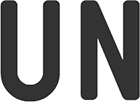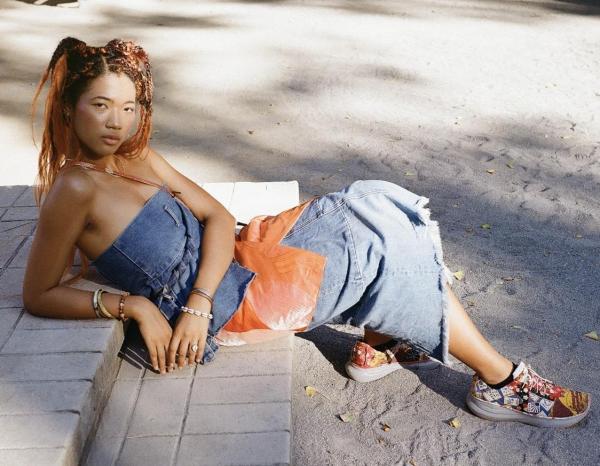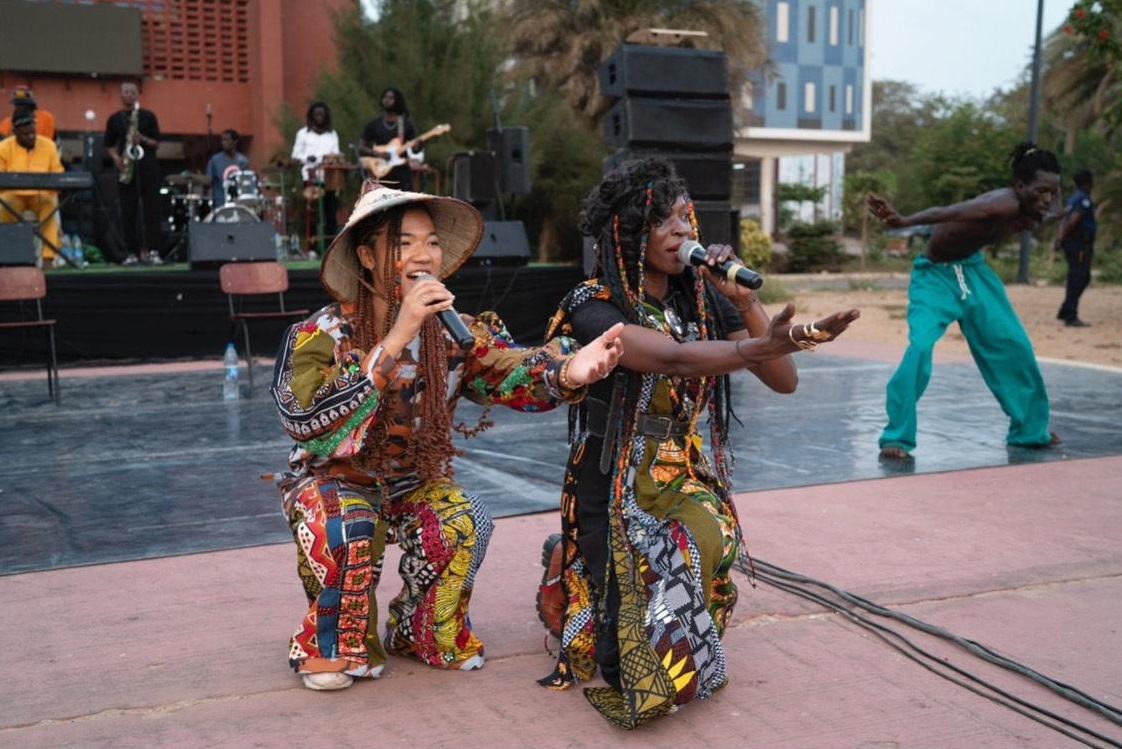On Thursday, November 6, LACMA’s Art + Technology Lab will present a screening of Patty Chang and David Kelley’s Stray Dog Hydrophobia with a live musical performance led by Yasna Yamaoka Vismale, the film’s composer. Set amid four surrounding projections, the event will feature a chorus of vocalists, percussionists, and horn players alongside the film, which explores the entangled histories of deep-sea mining, colonialism, slavery, extraction, and geoengineering, transforming urgent environmental concerns into a powerful, multi-sensory experience. Below, Vismale reflects on Stray Dog Hydrophobia and her role as its composer.
Our performance and film are written from the perspective of the ocean. The ocean processes stages of grief as she watches over generations.
The ocean knows she is powerful: she is life, death, and rebirth.
Yet, still she grieves. She weeps—her tides remember the stolen bodies they carried. The depths of her heart stripped for profit, she grieves what her beauty has cost—the lives and homes of her creatures.
The ocean explores her feelings of connection and disconnection to her own body. From her core she wails until she can’t, switching to solo improvisational trumpet to fill the empty void. She embraces Nyabhingi reggae to show she is deeply connected to everything and free jazz to remind herself that despite hardship her spirit lives on.
A big inspiration for my composition came from visiting Dakar, Senegal, for the Africa-Asia, A New Axis of Knowledge 3 Conference-Festival, to screen Stray Dog Hydrophobia. There I met and performed with a local band for the opening night.
After the conference, I visited the largest slave port in West Africa, Gorée Island in Dakar. The island was covered by colorful buildings and plants next to the open ocean making it look like a paradise. I walked into the “House of Slaves,” a building that held enslaved people before they were sent across the ocean.
The rooms were separated for men, women, children, and nursing mothers with babies. Each room was dark and muddy, but the sound of the ocean waves echoed throughout the building. I ended the tour at the “Door of No Return,” which was the only place in the building where light came in. There was the view of the ocean and a docked ship sitting quietly. I thought about how the Europeans had to colonize their own people before exporting the practice abroad.
You have to lose your own humanity to deny the humanity in others.
After the tour, I walked over to a nearby cliff. An overwhelming feeling of despair, dread, and panic washed over me as my heart beat grew faster and faster. I peered over the cliff one last time,feeling a tinge of hope and relief as my body prepared to jump. Suddenly, I fell back into the present. I quickly stepped away from the cliff, running far back inland.
I don’t know if
A spirit from the island was
Convincing me to jump,
Because they couldn’t.
Or if a previous version of myself
Was telling me goodbye,
Before they did.
While escaping into the ocean seemed to be the only option between life and freedom previously, I learned from a friend and historian of the African diaspora, Kwolanne Felix, that “while many enslaved people wanted to jump, they did not even have the option to die in peace because the European sailors physically and spiritually tethered them to the ship.”
In this lifetime, I could jump but I didn’t need to.
Later that month, I visited the former INS immigration and detention center in Seattle’s international district that held gold miners from China during the Chinese Exclusion Act, Japanese Americans after the bombing of Pearl Harbor, and Muslims after 9/11. The tour guide explained many of their names were misspelled or completely erased and they did not know when or if they could ever go home. The cheers of the Seahawks’ stadium across the street served as a reminder of the world the detainees dreamed of being a part of but were excluded from.
Being Afro-Caribbean, Japanese, and American, I grew up listening to every kind of music—especially music of the Pan African diaspora. Traveling to Jamaica for the project, I learned about the Maroons, the descendents of runaway enslaved people who built communities throughout the Americas and Caribbean. Meeting the Kromanti, the Maroon community of Charles Town, was deeply inspiring because of how much they were able to preserve their West African heritage through music, culture, and dialect(s). In Kingston, I played with the legendary Bongo Herman, a former collaborator of Bob Marley. These experiences reminded me of the lineage, generational knowledge, and cultural richness of my ancestors.
Institutionalization, capitalism, and colonialism are systems that have been foundational in shaping our modern understanding and relationship to our bodies, each other, and the environment. I hope to use this performance as a tool for us to heal, process, and reconnect.
Our trauma shapes us, but we are not our trauma. Life is suffering and unbearable at times—but yet, we are still here, have each other, and have joy.
The Art + Technology Lab is presented by
![]()
The Art + Technology Lab is made possible by Snap Inc.
The Lab is part of The Hyundai Project: Art + Technology at LACMA, a joint initiative between Hyundai Motor Company and LACMA exploring the convergence of art and technology since 2015.





